Online Fitness Coach – Is It Worth It?
Should You Get a Virtual Personal Trainer?
Motivating yourself is hard, ask anyone who works freelance. Going to the gym is often the same. Sometimes what you need is somebody to motivate you, to tell you that you are doing the right thing and that you can do this, that you are ever-so nearly there.
But hiring a fitness coach can help with more than just motivation. A coach is an expert who can tell you where you’re going wrong, what equipment, and what exercises are the most effective. Sometimes a coach is all you need to ensure you meet your goals.
Is Online Fitness Coaching Worth It?
Some people start going to the gym in their teens, others in their 40s or older have never been to the gym. That is ok. The problem is the longer you put it off the harder it can become to know where to start.
Online personal training is very similar to 1 on 1 personal training at the gym. The only difference is you are not depending on a fixed location and someone else’s schedule.
Personal Training through the internet is a popular way to receive better results without the limits and cost of a gym. This way, your internet fitness coach will provide better service without charging too much.
A fitness trainer can give you the confidence to be able to approach your first few times at the gym with the vigor you need to accomplish your goals.
Why A Virtual Fitness Coach?
Don’t lie, do you tell everyone you love going to the gym? Everyone says they love it but what they – and you – mean is you love having gone to the gym. You like the end result, the feeling you get after a good workout.
The feeling you get whilst you’re there, however, can be repetitive. And sometimes trying and failing at new routines can be disheartening. We can help to keep you inspired with our tips but they can only go so far in helping you stay in the game.
Online Personal Coaching is the way to go if your objective is to find an affordable solution to accomplish your health and fitness goals. Also, if time flexibility is important to you, hiring a virtual fitness trainer is definitely worth it.
A personal coach can show you hundreds of different routines and show you how to take advantage of the more complicated equipment all with the help of the interne. They can also construct a routine that keeps you on your toes and does not involve you losing interest or focus.

Train For a Marathon Or Competition With A Virtual Fitness Trainer
The biggest reason to hire a personal coach is if you want to train for a marathon or a competition. Some people do competitions or marathons because they involve setting goals on a big scale.
Such goals can help them prove to themselves that they are able to meet their personal goals or because gearing up for something big is the most effective way for them to get fit.
Either way, an online fitness trainer can see you through the dark times as well as the good days if you decide to take on a marathon challenge. As you inevitably consider giving up out of fear of not being able to achieve your goals, they can be your guiding light.
While it is possible to complete a marathon without training from a professional instructor, as celebrities who competed in the London Marathon have claimed, it is not advisable for most people.
As well as the motivating factors, running such a distance requires a level of pacing and self-control that only an instructor can safely advise you on.
If you are hesitating about getting a fitness professional, then the best advice is to just go for it. You can usually get a free trial and can get a chance to decide if he or she is right for you.
Remember you don’t have to have a coach with you at every session you do at the gym but one session once a week could really help you.
If you’re serious about getting fit why not get in touch and try our 9-week challenge with a personal online coach.
How Much Will It Cost To Hire A Fitness Coach On The Internet?
It all depends on what you want to achieve. A very popular option to consider is the 9-Week Body Transformation and it’s very affordable. Click the Chat button to the right to find out more.
Are Virtual Fitness Experts Worth It?
Yes, and it’s certainly cost-effective. Since it’s online, you’re avoiding the gym overhead, so your personal training via the internet will cost a lot less. An Online Personal Trainer will provide better one one one time.
What Can I Expect From An Online Personal Trainer?
You will receive full support to help you get through your workout and fitness program. It is done through video calls. Your Coach will make sure you stay motivated to accomplish your fitness goals.
Are you up for a 21 Day Challenge? Click the link below to get started!


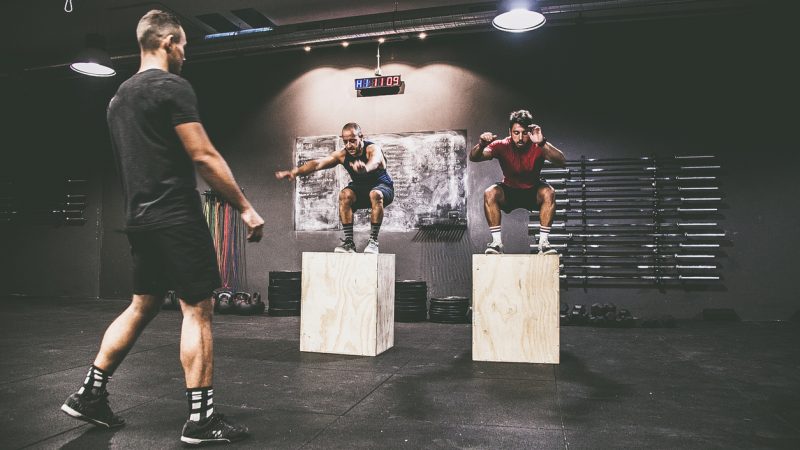
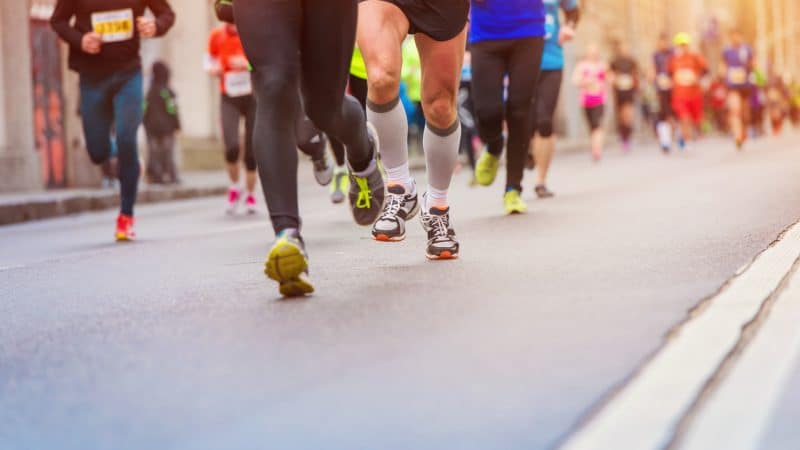


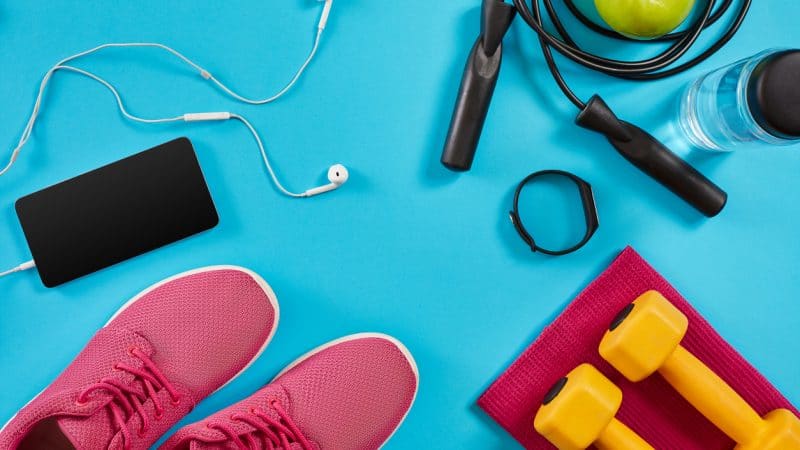



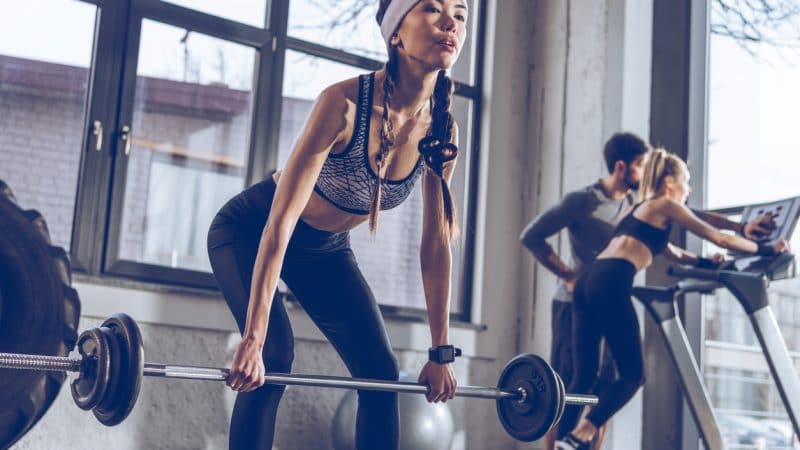


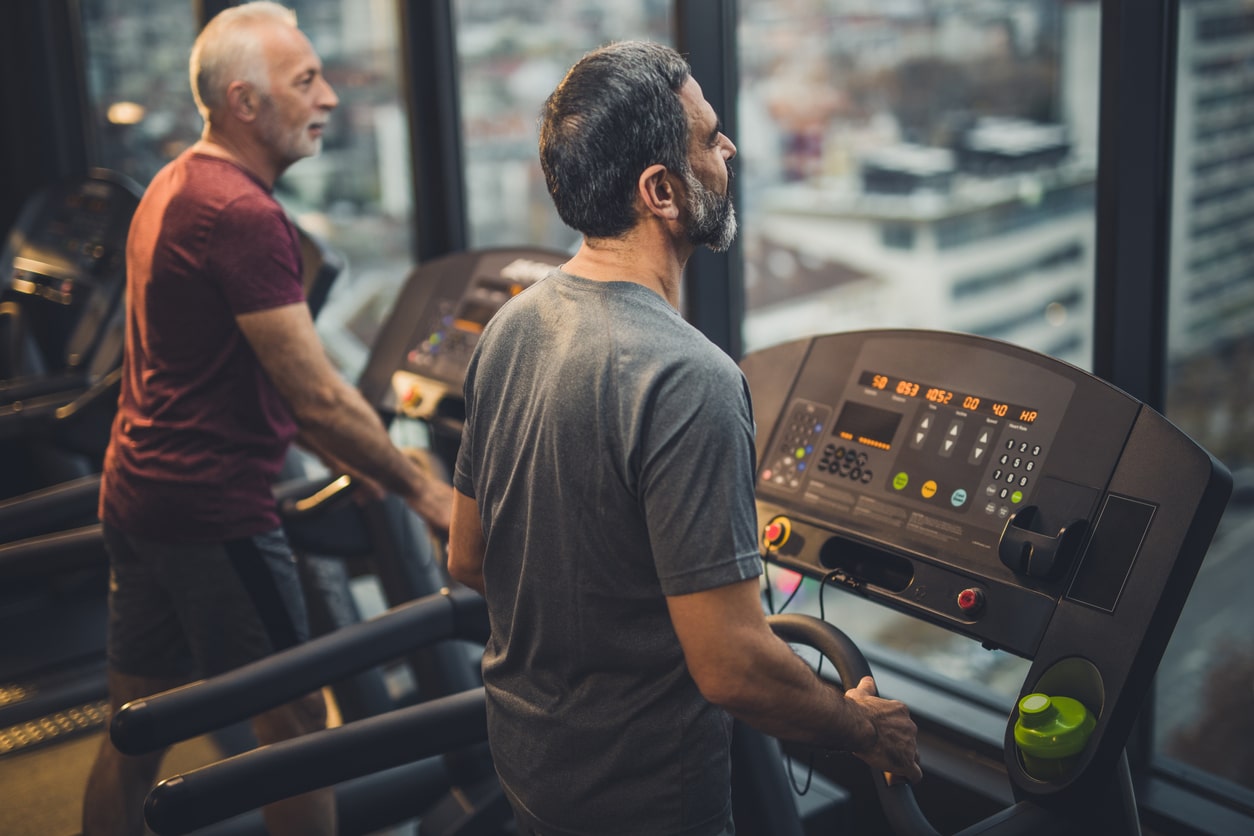
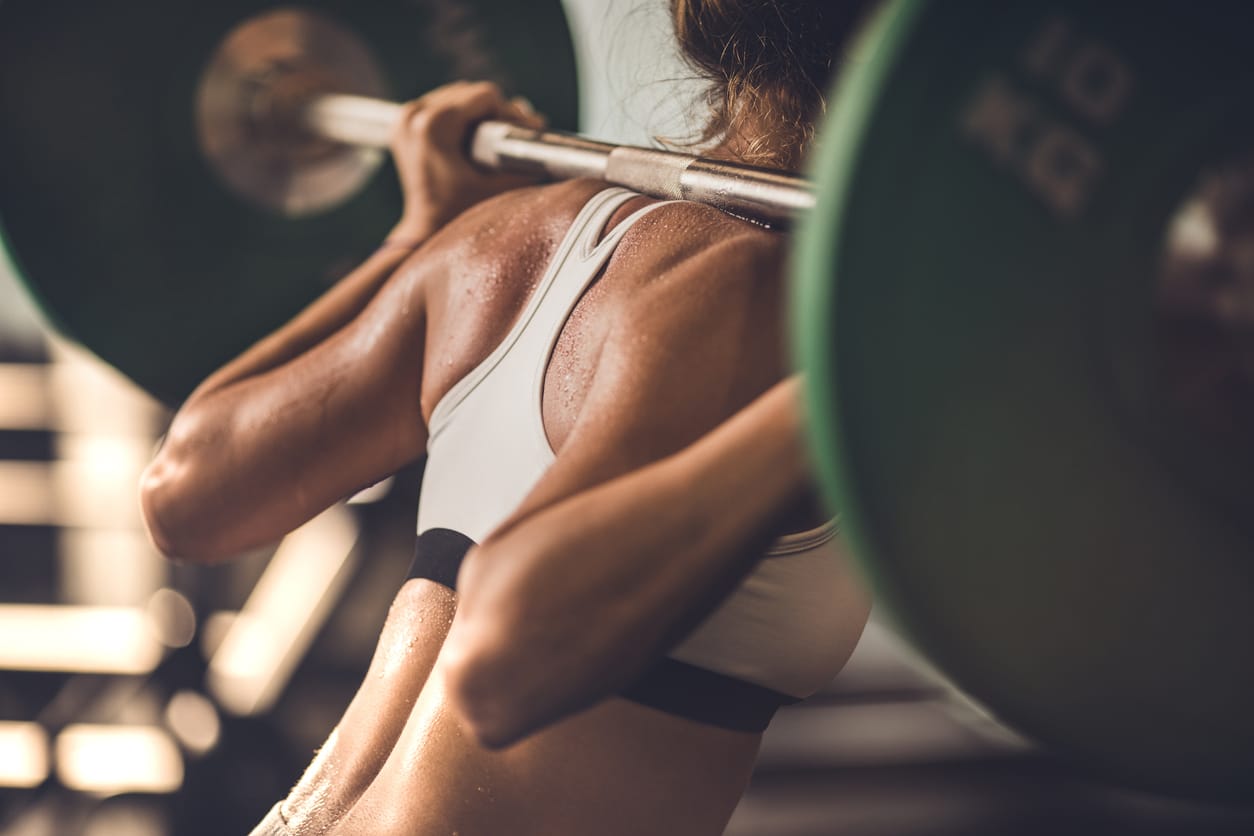
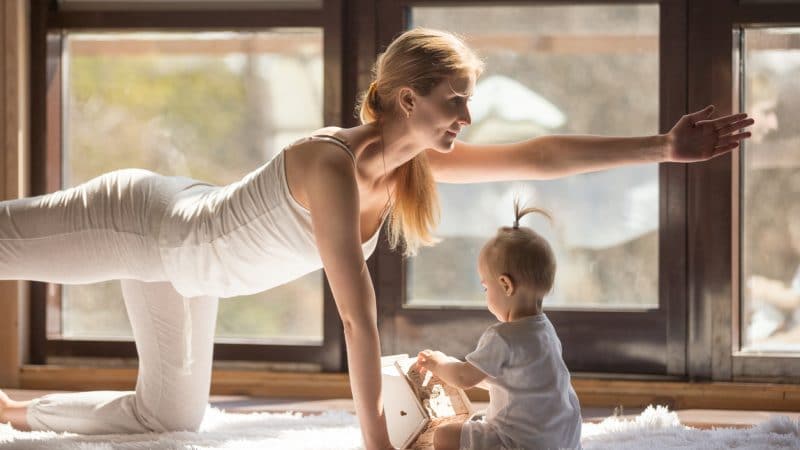

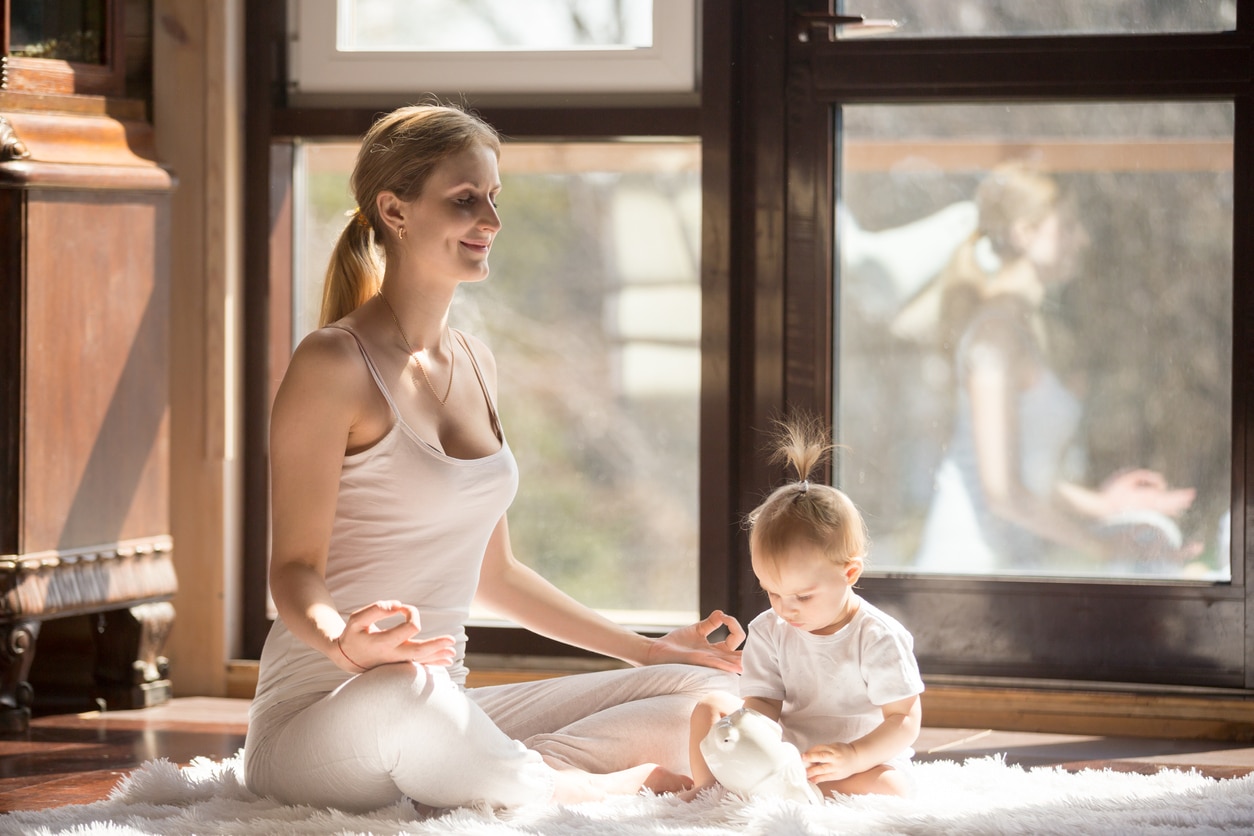
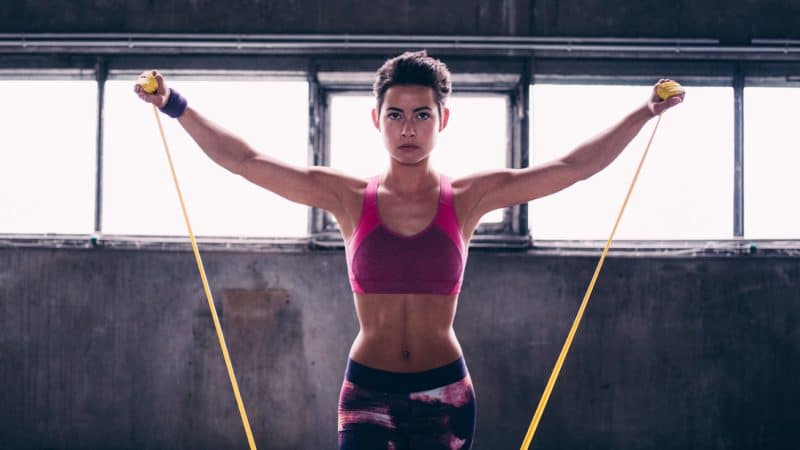


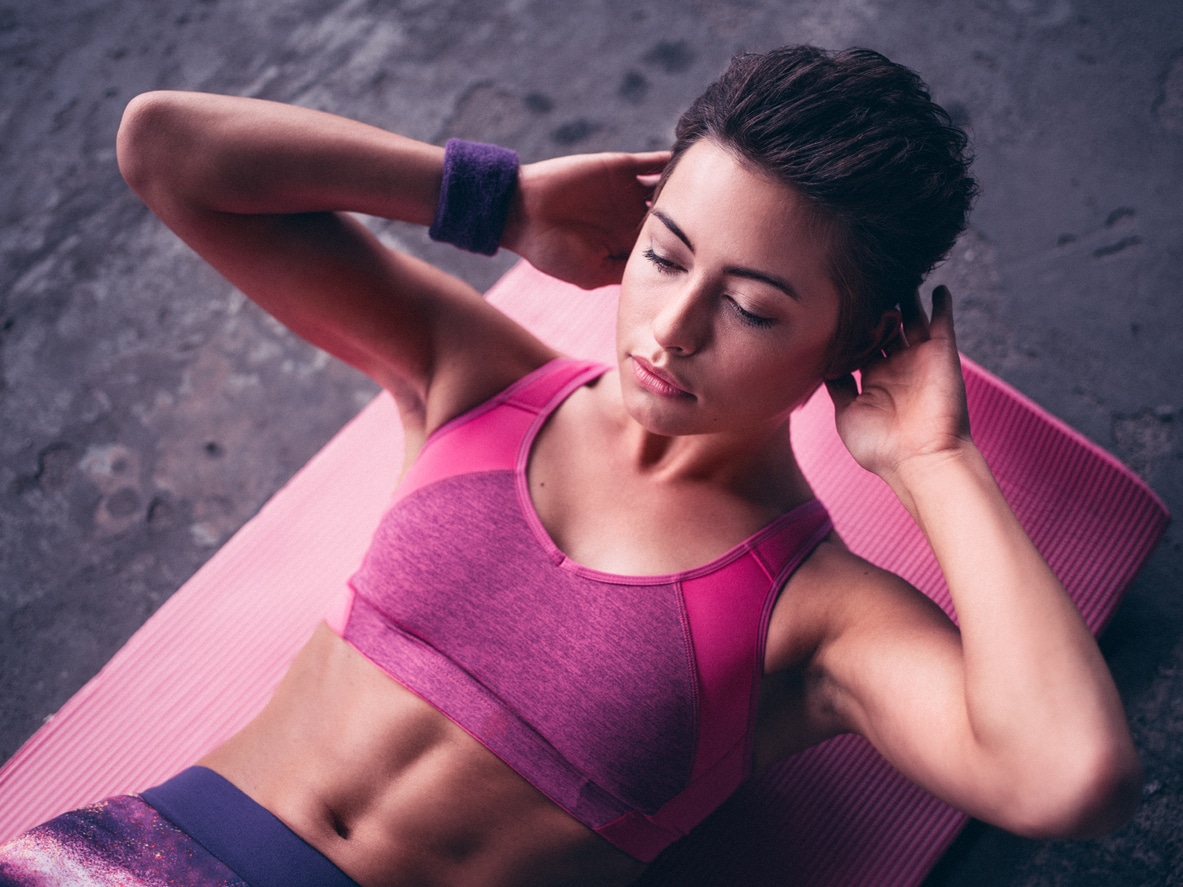

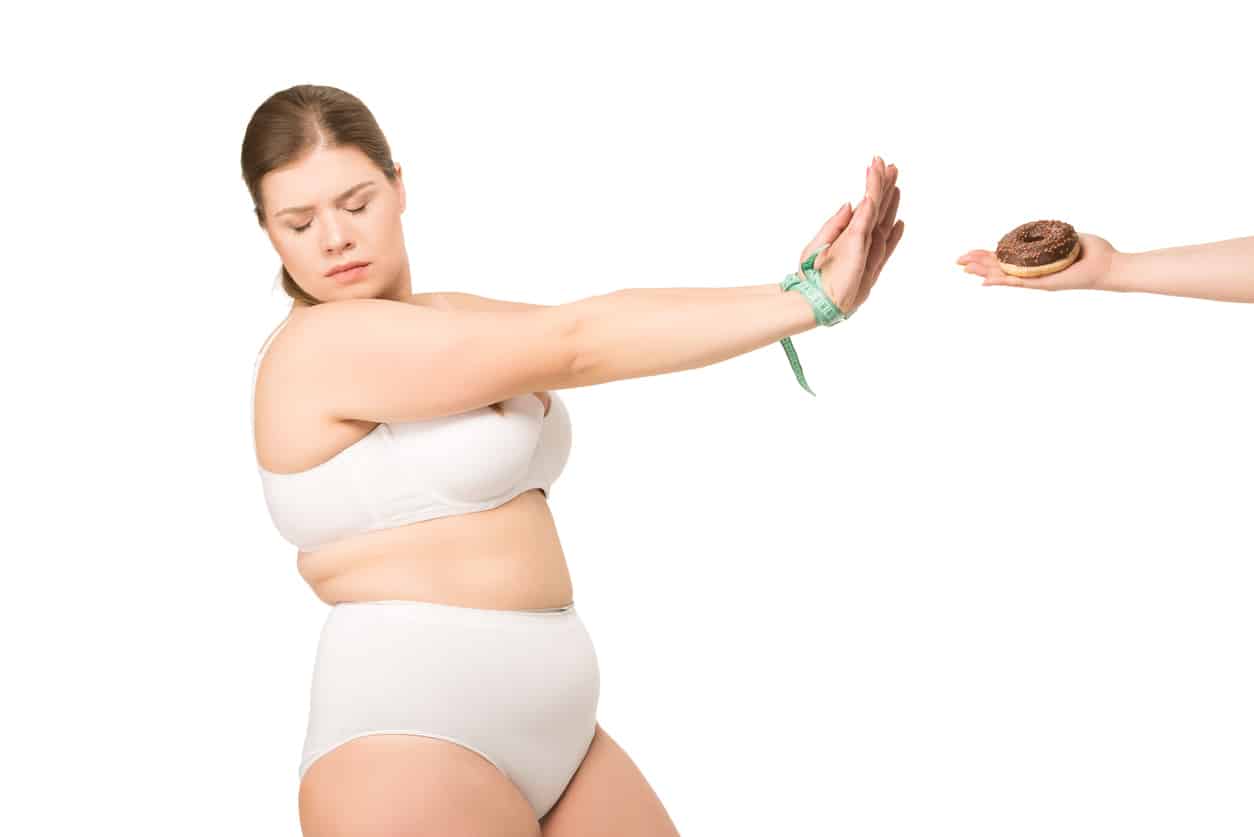
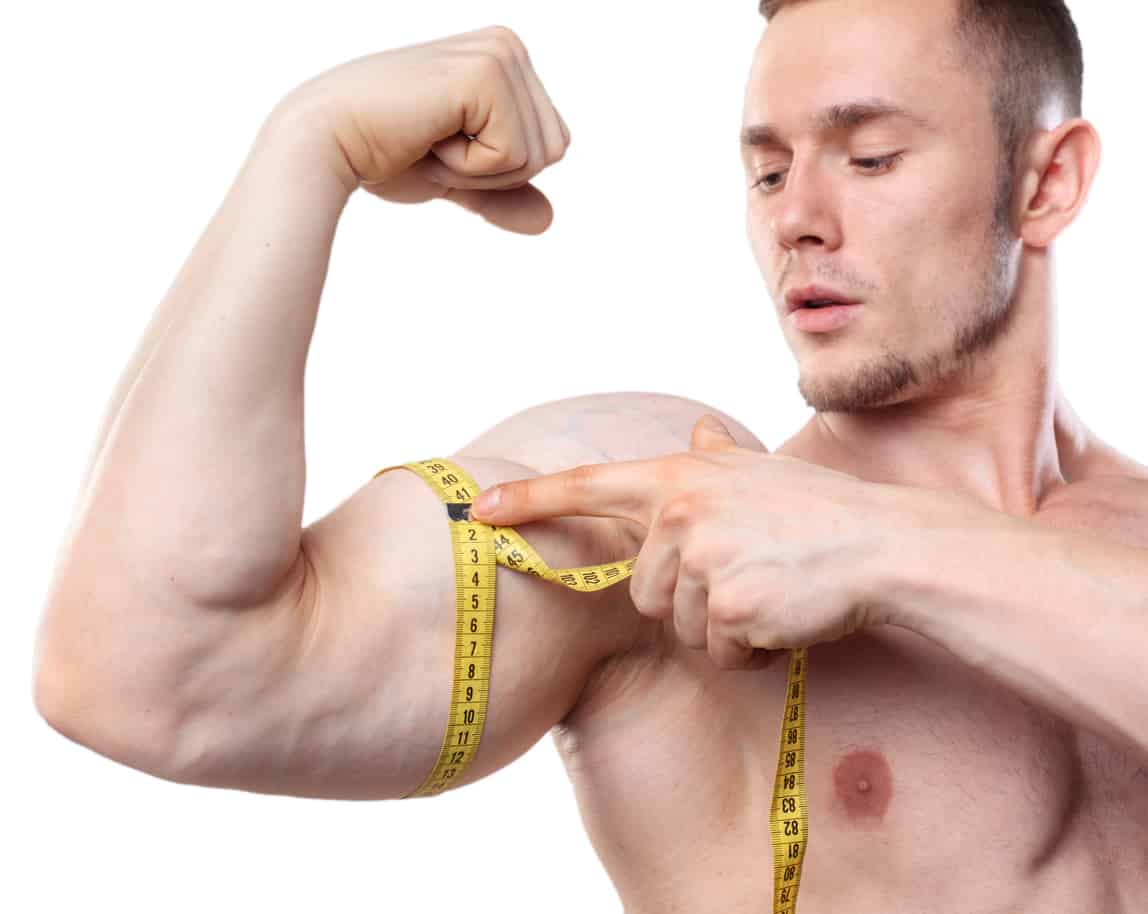
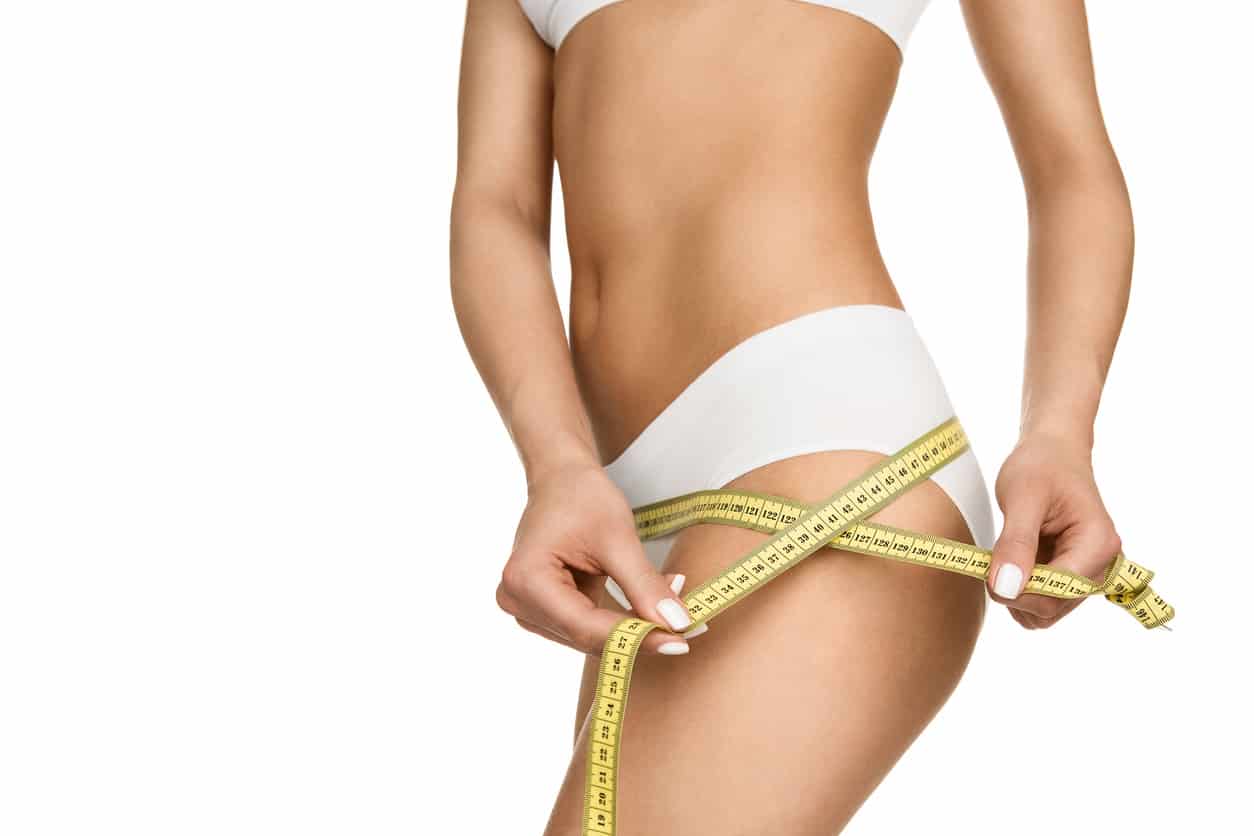


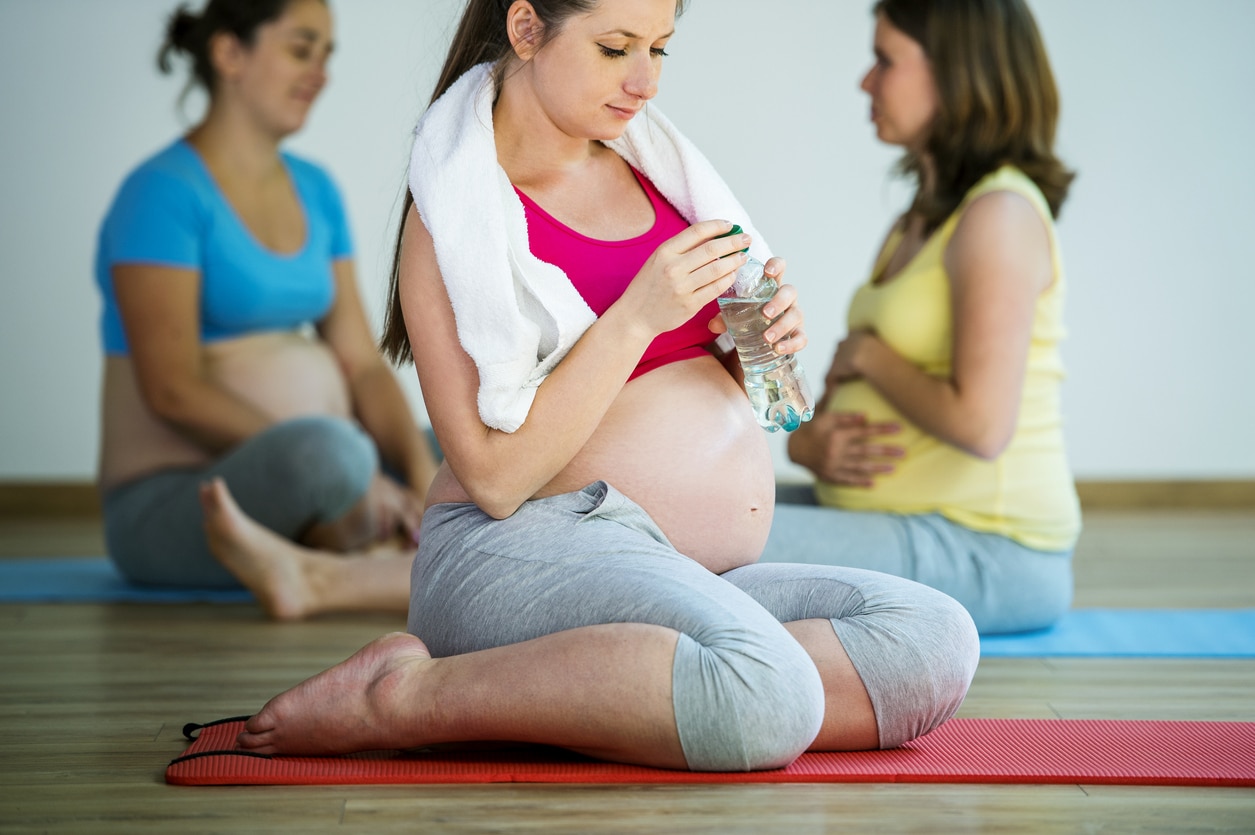
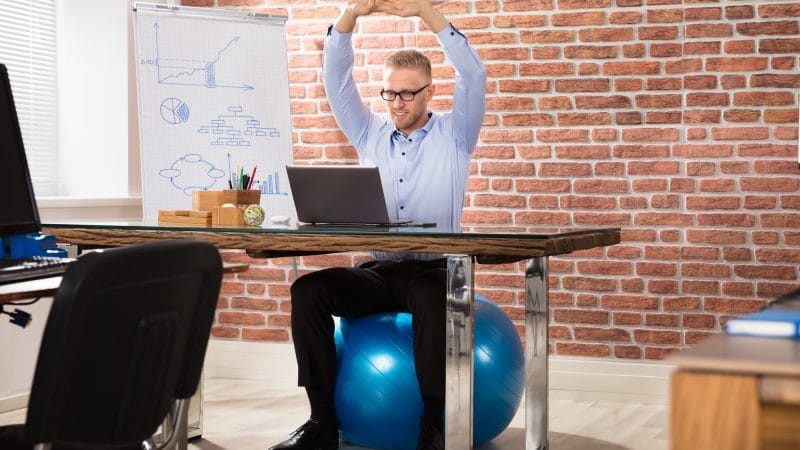


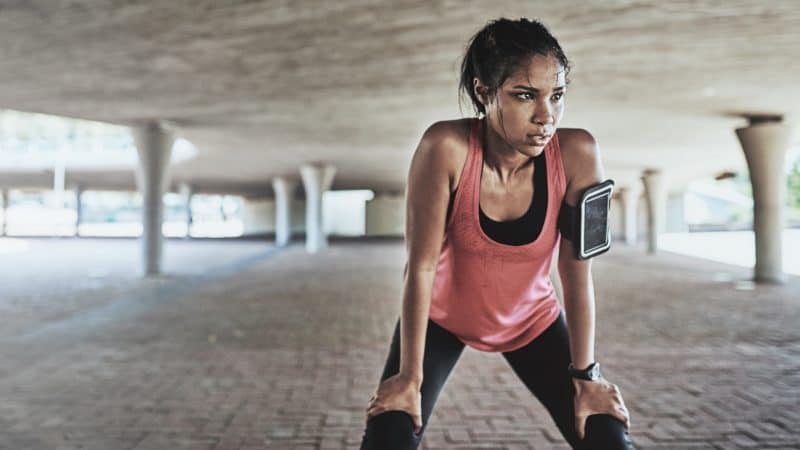


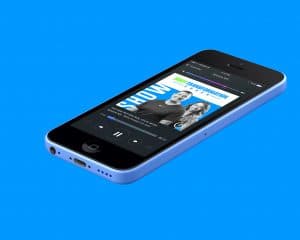
Recent Comments